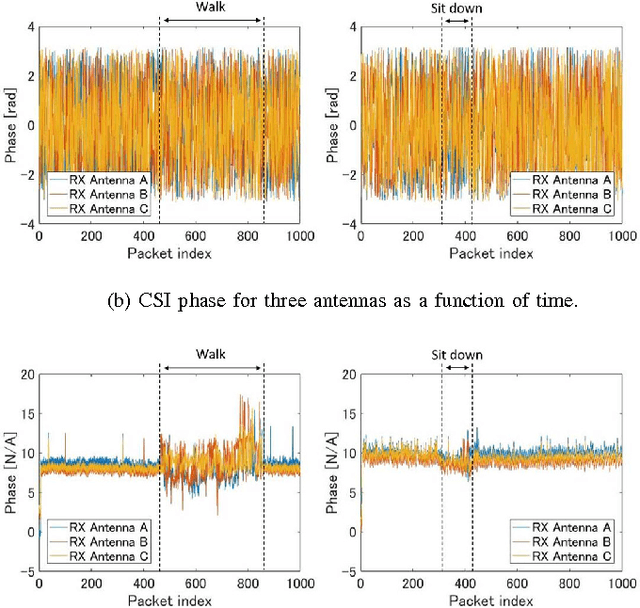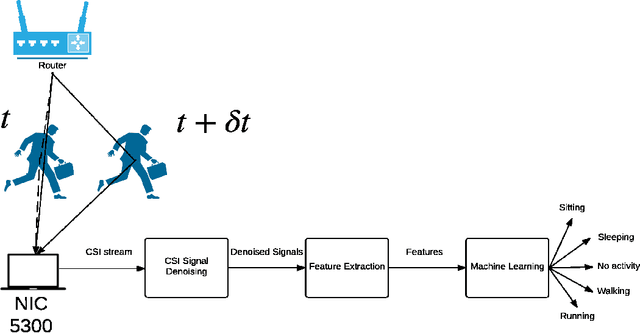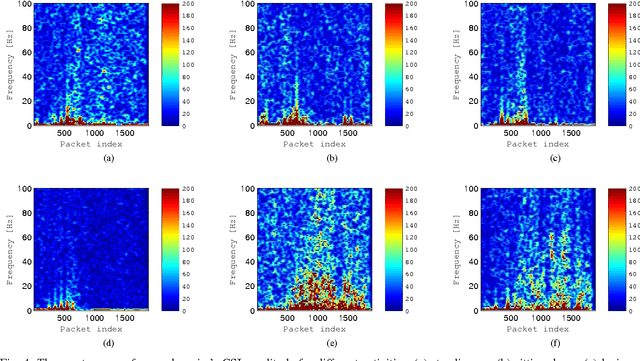Sankalp Dayal
MRQ:Support Multiple Quantization Schemes through Model Re-Quantization
Aug 04, 2023



Abstract:Despite the proliferation of diverse hardware accelerators (e.g., NPU, TPU, DPU), deploying deep learning models on edge devices with fixed-point hardware is still challenging due to complex model quantization and conversion. Existing model quantization frameworks like Tensorflow QAT [1], TFLite PTQ [2], and Qualcomm AIMET [3] supports only a limited set of quantization schemes (e.g., only asymmetric per-tensor quantization in TF1.x QAT [4]). Accordingly, deep learning models cannot be easily quantized for diverse fixed-point hardwares, mainly due to slightly different quantization requirements. In this paper, we envision a new type of model quantization approach called MRQ (model re-quantization), which takes existing quantized models and quickly transforms the models to meet different quantization requirements (e.g., asymmetric -> symmetric, non-power-of-2 scale -> power-of-2 scale). Re-quantization is much simpler than quantizing from scratch because it avoids costly re-training and provides support for multiple quantization schemes simultaneously. To minimize re-quantization error, we developed a new set of re-quantization algorithms including weight correction and rounding error folding. We have demonstrated that MobileNetV2 QAT model [7] can be quickly re-quantized into two different quantization schemes (i.e., symmetric and symmetric+power-of-2 scale) with less than 0.64 units of accuracy loss. We believe our work is the first to leverage this concept of re-quantization for model quantization and models obtained from the re-quantization process have been successfully deployed on NNA in the Echo Show devices.
A Survey of Human Activity Recognition Using WiFi CSI
Aug 23, 2017



Abstract:In this article, we present a survey of recent advances in passive human behaviour recognition in indoor areas using the channel state information (CSI) of commercial WiFi systems. Movement of human body causes a change in the wireless signal reflections, which results in variations in the CSI. By analyzing the data streams of CSIs for different activities and comparing them against stored models, human behaviour can be recognized. This is done by extracting features from CSI data streams and using machine learning techniques to build models and classifiers. The techniques from the literature that are presented herein have great performances, however, instead of the machine learning techniques employed in these works, we propose to use deep learning techniques such as long-short term memory (LSTM) recurrent neural network (RNN), and show the improved performance. We also discuss about different challenges such as environment change, frame rate selection, and multi-user scenario, and suggest possible directions for future work.
 Add to Chrome
Add to Chrome Add to Firefox
Add to Firefox Add to Edge
Add to Edge